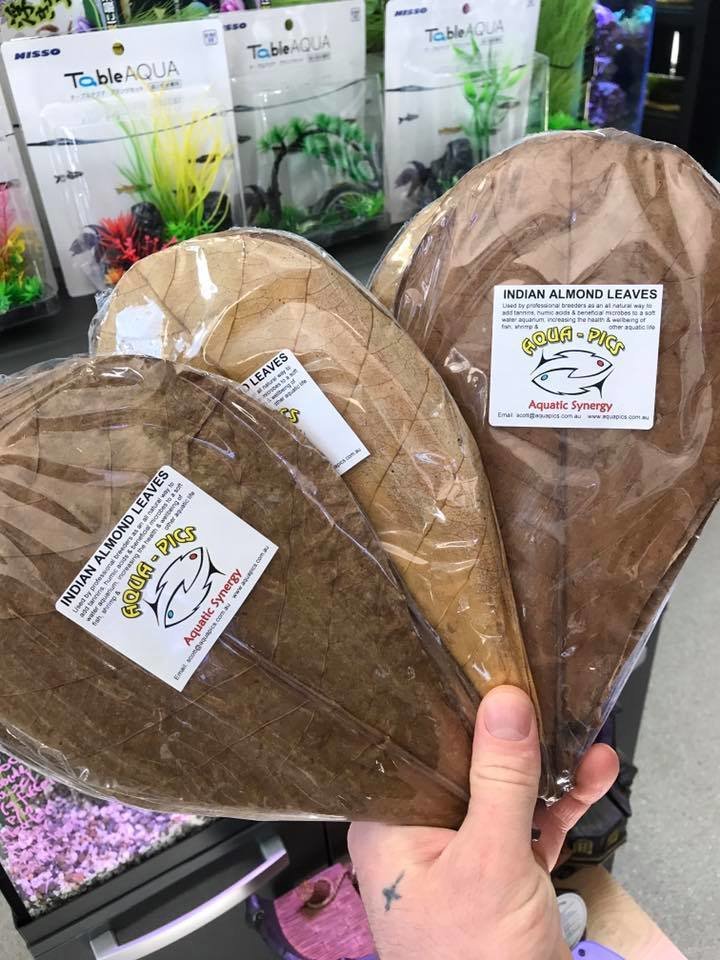
Almond leaves pkt x5
Indian Almond Leaves | How and when to use them!
If you’re an aquarist, you’ve probably heard of Indian almond leaves (also known as Catappa leaves). These leaves of the Terminalia catappa tree are especially popular in the betta and shrimp hobby as a natural medicine and water conditioner. They are said to help combat fungus and bacterial problems like finrot, and prevent stress by mimicking the natural habitat.
But how, when and why should you use them?
What are Indian almond leaves?
As mentioned before, Indian almond leaves are the leaves of the Terminalia catappa tree, which grows in large parts of Asia. The leaves are usually harvested by simply picking them off the ground. After drying them, they are ready for use in the aquarium. You can import Indian almond leaves directly, but nowadays they are also available in some pet-/aquarium stores and online!
What do Indian almond leaves do?
When placed in an aquarium, Indian almond leaves slowly start to decompose. While this happens they turn the water a yellow or brown color by releasing tannins. These tannins lower the pH and are said to have antifungal and antibacterial properties, which comes in very handy when you have a fish suffering from finrot or when you’re raising vulnerable fry. The dark color of the water is considered unsightly by some aquarists, but it actually mimics the natural habitat of many fish species! This definitely makes it something to consider embracing.
